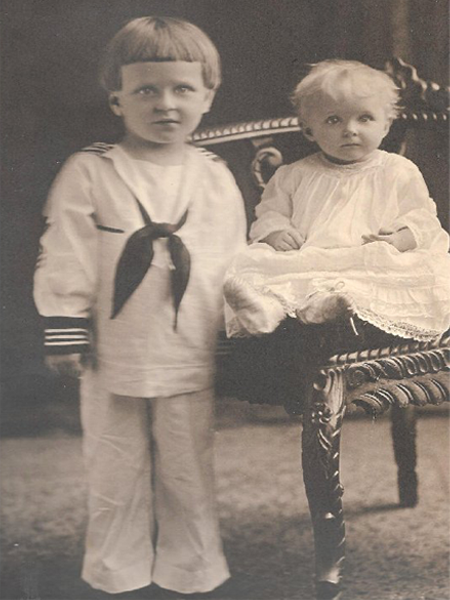
Surviving the Depression
On Sunday, March 5, 2016, Alfred Watson came into a world that few of us can imagine: a world where a gallon of milk cost 35 cents, and the price of a new home was $3,400.
At the age of six months, Alfred and his parents moved from Pittsburgh to Clarksburg, West Virginia where his father opened up an electrical repair business and, in April 2018, their second child, Betty, was born.
The family thrived in the small rural community until the Fall of 1925 when a devastating event occurred with the abrupt departure of young Alfred’s father.
Without a word of goodbye to his wife or children, Alfred, Sr., left West Virginia with another woman, and the 9-year old would never see his father again.
Alfred Watson and his sister Betty, 1921.
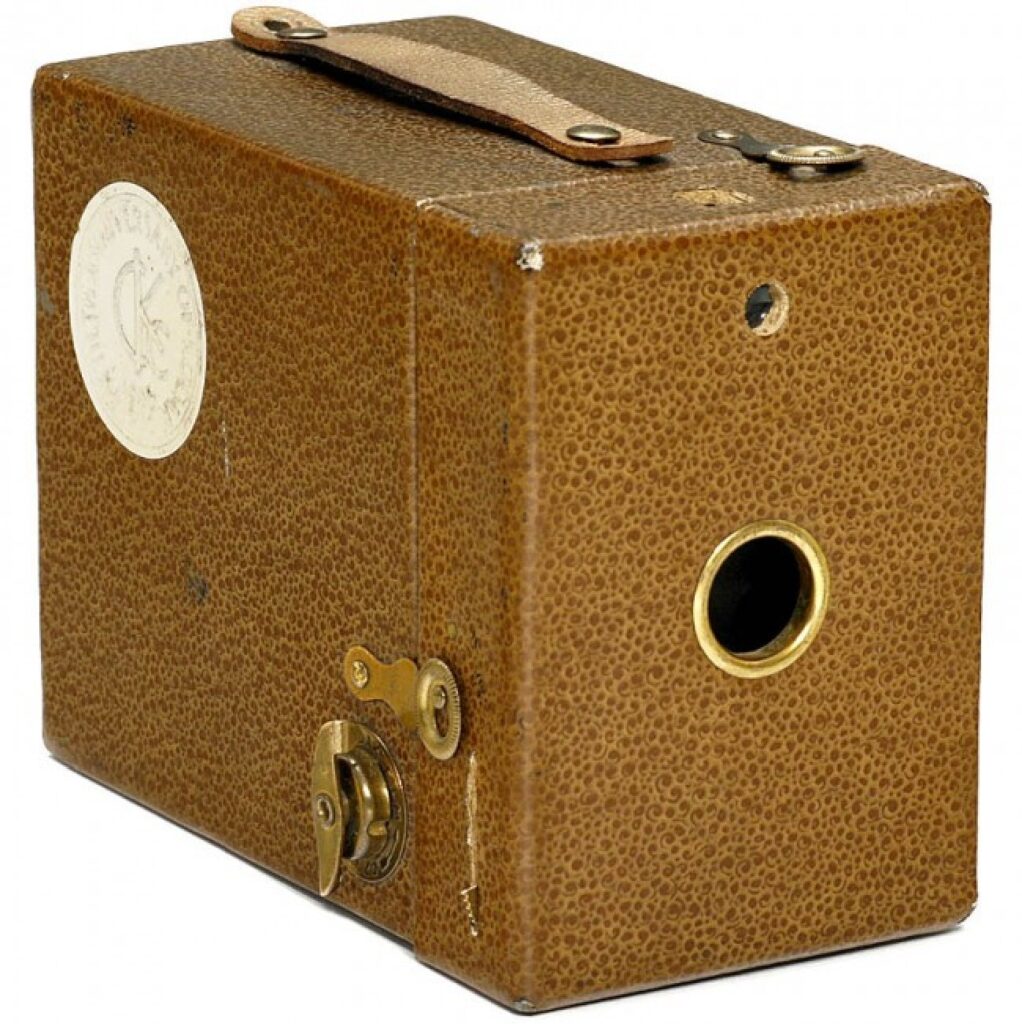
A Kodak Gold Box Camera
In March 1930, Alfred Watson turned fourteen however, the received no gift due to his family’s dire financial circumstances. Yet, while his birthday would pass without celebration, two months later, he received an unexpected gift.
The Kodak Company celebrated its 50th year anniversary in 1930 by giving away 500,000 Kodak Brownie cameras to every child who turned twelve that year; and while Alfred, who turned fourteen,did not qualify, his sister Betty did.
Expressing no interest in the odd yellow box with the gold foil seal on the side, Betty gave the unwanted item to her brother, and Alfred was smitten. Indeed, by the end of the day, he had used the entire roll of 12-exposure film.
Sadly, these photographs have been lost over time and from 1930-37, Alfred took no further pictures as there was no household money for camera film.
Instead, the teen focused his attention on escaping the poverty that around him, and, in June 1932, graduated from Langley High School. Four years later, he received a BA in Chemical Engineering from Carnegie Technical Institute.
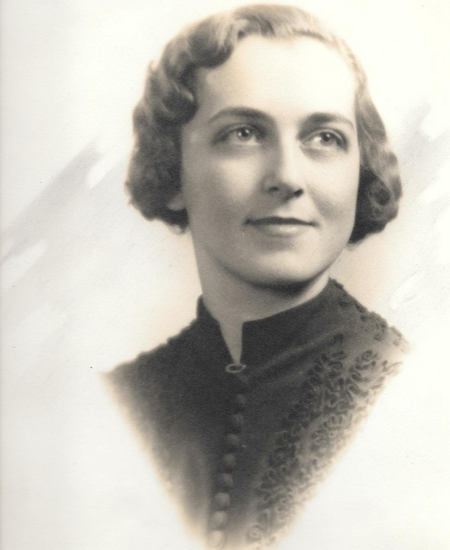
1936 portrait of Betty Watson, age 22
A New Job and Marriage
In later 1936, Alfred Watson was hired by the Hagan Corporation as a steel plant safety inspector, and on September 9, 1938, he married Betty Eisenbeis, who he had met during the 1936 Pittsburgh flood.
With his new job now affording him the means to return to picture-taking, Watson began to photograph Pittsburgh and the steel mills surrounding the city. In June 1939, Watson’s first child, Barbara, was born.
At the start of World War II in 1941, Watson received a transfer to the small town of Franklin to inspect the fuel production plants established there for the war effort. No longer surrounded by steel mills and skyscrapers,he focused his lens on the rolling hills and farms of Venango County.
The Watson family remained in Franklin until the end of the war, welcoming a second daughter, Carol, in May 1946. Five months later, he was offered a job promotion to Buffalo, New York and moved his family to the Buffalo suburb of Cheektowaga where the family lived for the next nine years..
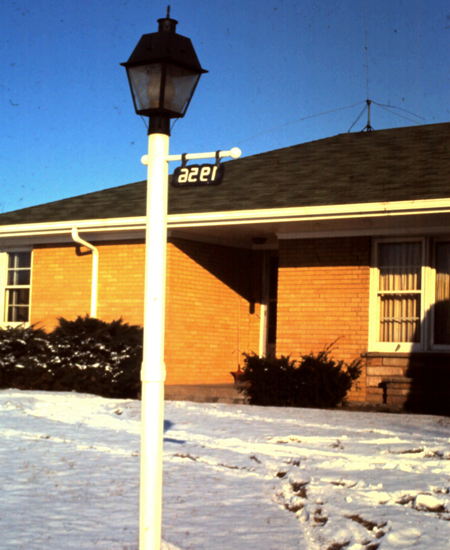
Tragedy and Recovery
In late 1954, Alfred Watson accepted a job promotion to regional sales manager in Chicago and purchased a home in Park Ridge, 20 miles west of that city. That move would have unforeseen consequences.
On April 12, 1955, the move finally began and as he drove West along Route 5 , he neared the town of Dunkirk, New York and began a long climb up a hill.
Nearing the crest of that hill, he saw a terrifying sight: a car was driving straight towards them on the wrong side of the road.
The head-on collision that followed could not have been avoided, although Watson’s split-second decision to step on the gas and pull the steering wheel hard right probably saved his family’s life. Sadly, the two occupants of the other car were not as lucky; they were both killed instantly by the impact.
Alfred Watson and his wife would spend the next six weeks in the Hospital with lower leg fractures while their two daughters suffered head injuries. Although they would all recover, there were emotional repercussions including his wife’s refusal to drive again. In May, 1956, the family was finally re-united.
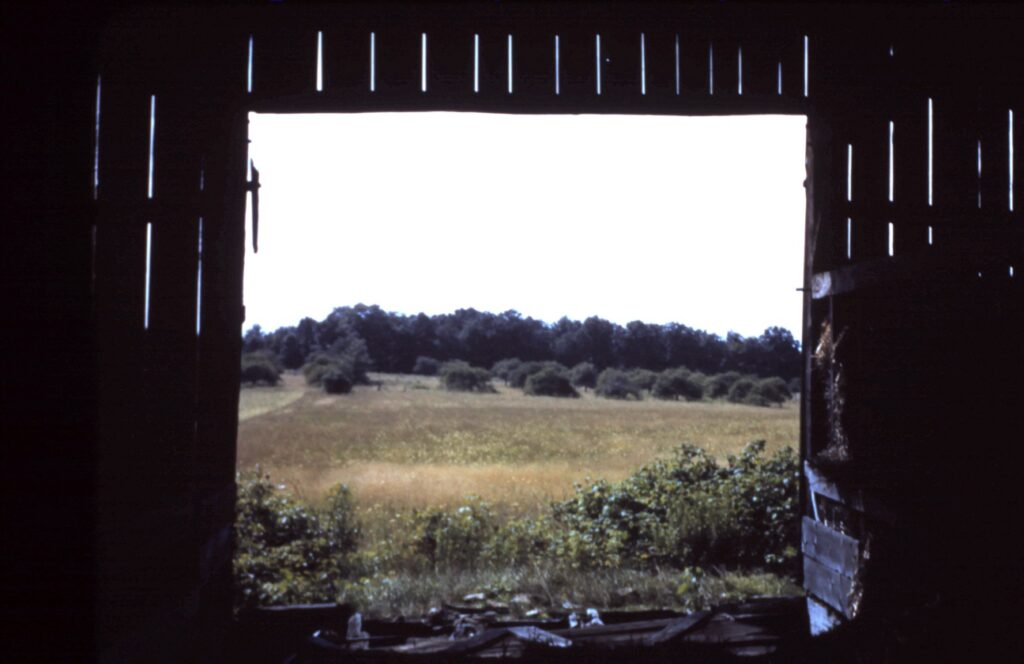
Final Years
After the move, Watson stopped taking black and white photos, opting instead to learn the art of color photography. He built an expansive darkroom in the family’s basement and catalogued the photographs he had taken in Pennsylvania and New York. He submitted no further prints for exhibition.
By 1966, having studied color photography for 10 years, he once began to submit his prints for exhibition and, in 1968, was awarded first prize for his photograph Twins at the Chicago Midwest Cultural Show.
Over 35 additional acceptances followed culminating with his final print acceptance from Seattle’s International Photography Exhibition in 1973.
At the age of 57, Alfred Watson put aside his cameras to spend his remaining years traveling, playing golf, and enjoying his four grandchildren. He retired in 1981 and enjoyed good health until a diagnosis of Alzheimer’s disease.
The illness took its toll on a man of exceptional character and intelligence and, on February 5, 2003, he passed away one month shy of his 87th birthday.
